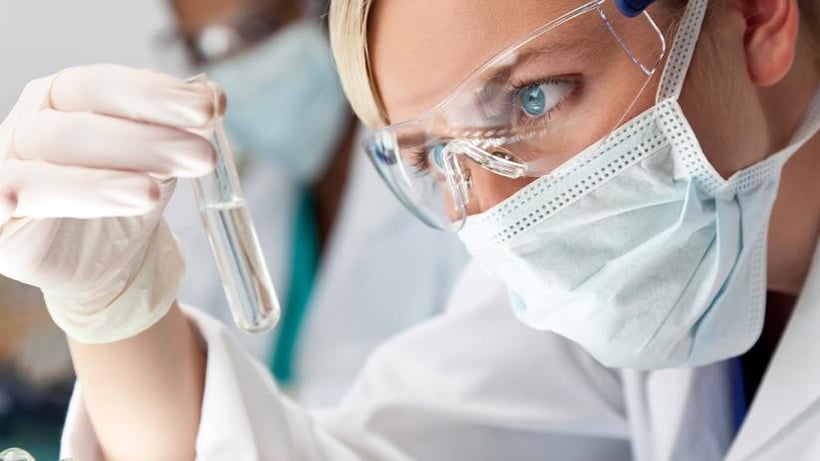Every two to three years, Food Standards Australia New Zealand (FSANZ) conducts a survey investigating consumers’ exposure to chemicals in food. The study helps FSANZ learn where risks in the food supply may be, and find ways to address those risks.
The 26th Australian Total Diet Study (ATDS) examined a range of foods and beverages for chemicals known as Persistent Organic Pollutants (POPs). The compounds assessed included 29 dioxins and dioxin-like compounds, as well as 16 non-dioxin-like polychlorinated biphenyls (PCBs).
The study focussed on harmful dioxins and PCBs, which accumulate and persist in the environment over long periods, and can be passed through the food supply, building up in the body fat of animals and humans.
What are dioxins?
When household and industrial waste is burned, dioxins are produced. Some industrial chemical processes also create dioxins as byproducts. In Australia, bushfires and burning agricultural stubble create most dioxin emissions (roughly 96 percent).
Acceptably low dioxin levels in Australian food supply
In the study, 33 foods that are typically part of the Australian diet were analysed. Samples were collected from rural and urban areas over two seasons to account for environmental and seasonal fluctuations. Dioxins were found in 32 of 33 sampled foods, but this is considered normal since dioxins are so pervasive in the environment and in foods.
Because of their high oil content, salmon fillets and fish fillets had the highest numbers of these compounds, but levels were still not high enough to constitute a substantial risk.
Compared to results analysed in 2004, levels of these harmful compounds were lower in this study. Results were also compared with those of Canada, Europe, Africa and the United Kingdom, and were found to be lower in Australia than other countries.
Overall, the study found that dietary exposure to harmful chemicals through food is low across the country, which means current regulatory measures are effective and consumers can be assured that the food they eat is safe.

